|
Greetings Transformation Leaders! Ever feel like compliance and regulations are holding your team back? What if they could actually speed things up? In this edition of the CTO Value Multiplier, we explore how to transform regulatory challenges into a competitive advantage. With the Regulated Innovation Model, you’ll learn how to: • Break Free from Bottlenecks: Turn compliance from a blocker into a launchpad. • Accelerate Approvals: Discover frameworks that cut timelines from months to weeks. • Build Market Trust: Use compliance as a tool for differentiation and leadership. Warm regards, Adi Edition 4/ ACCELERATE INNOVATION IN REGULATED ENVIRONMENTS “Do we really need to run this by legal? Again?” The frustration was clear. Innovative ideas often vanish when they hit the compliance wall, sidelined not for lack of merit but because no one knows how to navigate the regulatory maze. I’ve been there. The fear of getting it wrong is real. But here’s what’s often missed: compliance isn’t the enemy of progress. With the right approach, it can accelerate smarter, faster innovation. At organizations like CME Group, reframing compliance as a partner unlocked new ways to innovate. This isn’t about adding paperwork—it’s about changing perspective. If compliance feels like quicksand, this framework is for you. You can transform roadblocks into building blocks for growth. UNLOCK INNOVATION WITH REGULATION The Challenge: Innovation in regulated environments often feels like a delicate balancing act. Leaders face fears of penalties, approval delays, and the complexity of staying competitive within regulatory constraints. These challenges can lead to:
To overcome these hurdles, leaders must shift their perspective: compliance is not just about avoiding penalties; it can be a foundation for trust, market differentiation, and innovation. The Regulated Innovation Model offers actionable solutions. THE FRAMEWORK: REGULATED INNOVATION MODEL
1. Risk-Aware Design Why: Regulations provide safety, accountability, and trust – understanding them helps anticipate risks and design compliant systems. How:
Outcome: A proactive compliance strategy reduces delays and builds trust as a competitive advantage. 2. Innovation Acceleration Why: Reactive processes create delays; proactive collaboration enables safe and efficient experimentation. How:
Outcome: Faster time-to-market with innovations designed to meet regulatory requirements. 3. Value Creation Why: Compliance isn’t just protective – it differentiates your business and builds customer trust. How:
Outcome: Thriving businesses that leverage compliance to create trust and competitive edge. CASE SNAPSHOT A systemically important global financial services company was facing 6 to 9-month product launch life cycles. Market and customer dissatisfaction escalated to the point where several customers started looking for alternates. A comprehensive business technology transformation included a redesign of the product launch process using the regulated innovation model. Before → After Approval Cycles: 6 to 9 months → 6 weeks
Innovation Adoption Success: 20% → 75%
Compliance Costs: High → Optimized and Predictable Workflows
Market Position: Limited, At Risk → Leadership
Key Move: Introduced compliant experimentation sandboxes and co-designed regulatory approval workflows with compliance teams. GET READY TO ACT THIS WEEK LEADER’S TOOLKIT – Regulated Innovation Assessment Regulated environments don’t have to feel like a dead end. By embracing this framework, you can transform compliance challenges into drivers of growth and differentiation.
Expected Impact:
Tool Access: Regulated Innovation Assessment IN CLOSING Remember: Regulatory requirements don’t have to be like brakes on innovation. With the right approach, they can become the guardrails that allow you to accelerate with confidence. Start with your Regulated Innovation Assessment this week and unlock the competitive edge waiting in plain sight. TOOLS IN THIS EDITION Regulated Innovation Assessment FollowShare this newsletter with friends |
Edition 4/ Accelerate Innovation in Regulated Environments


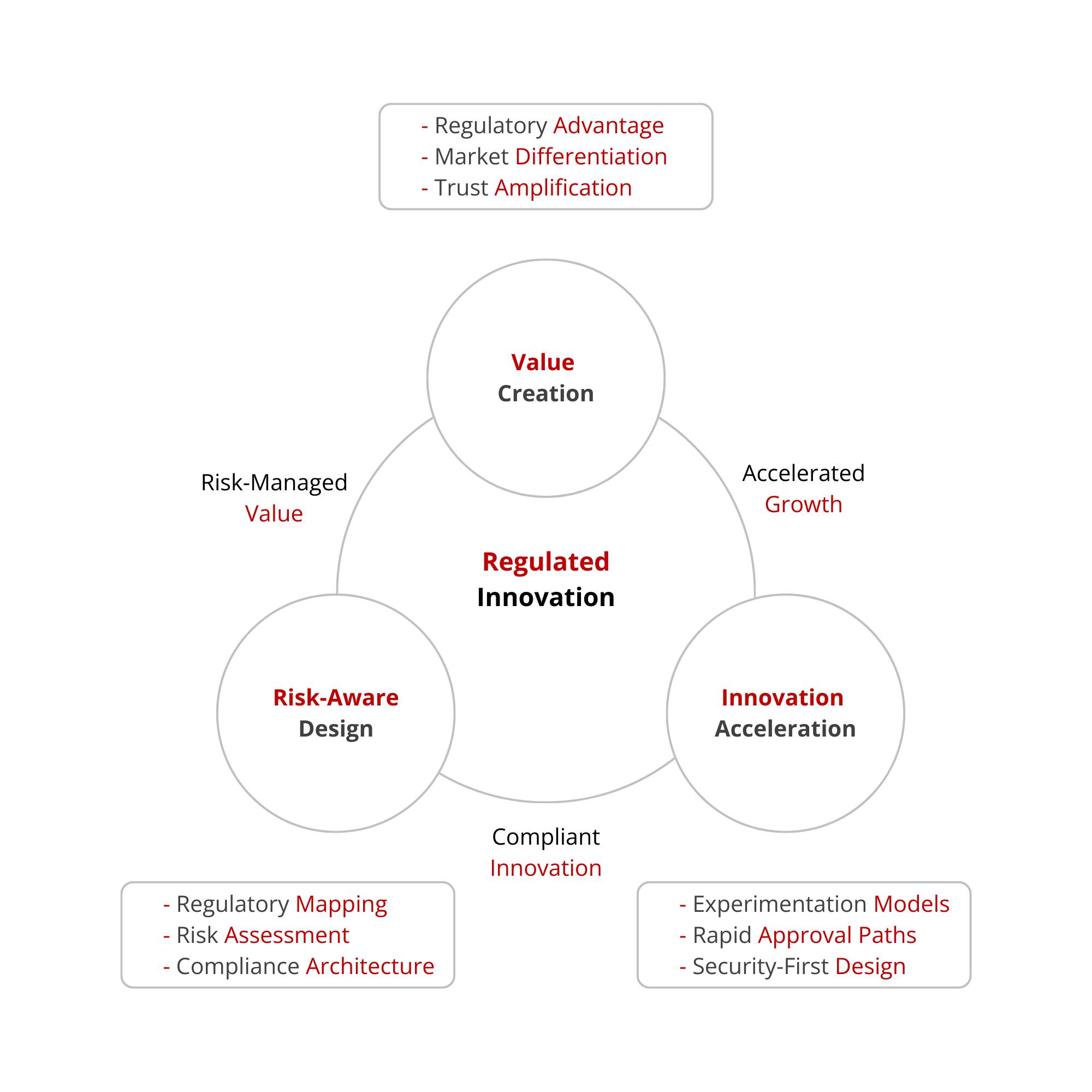

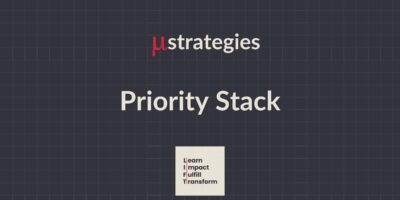
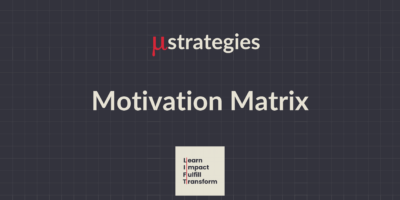

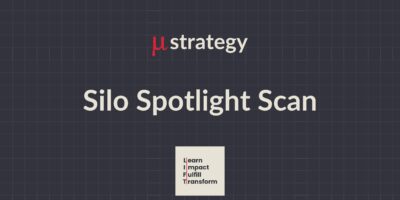
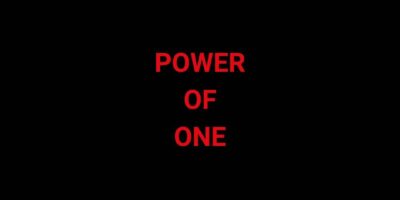
Comments